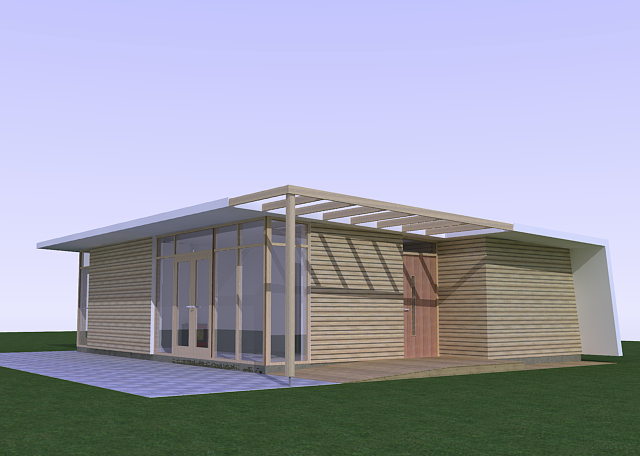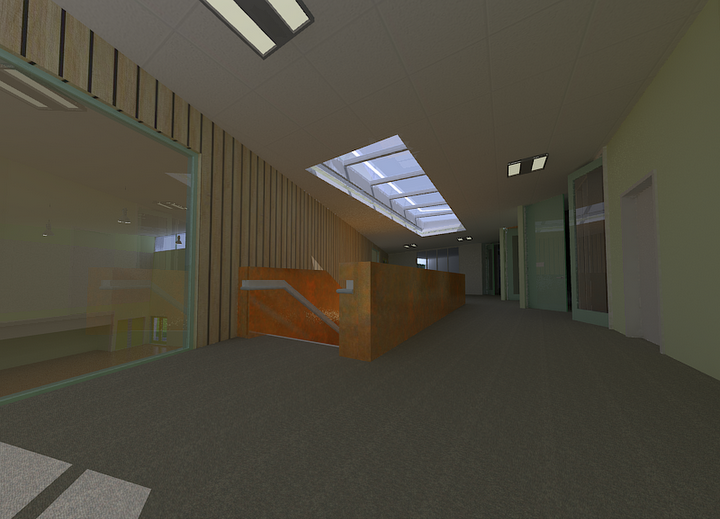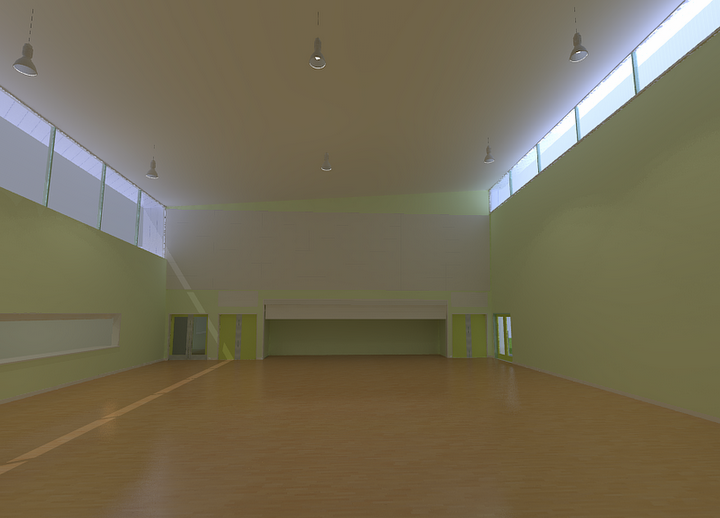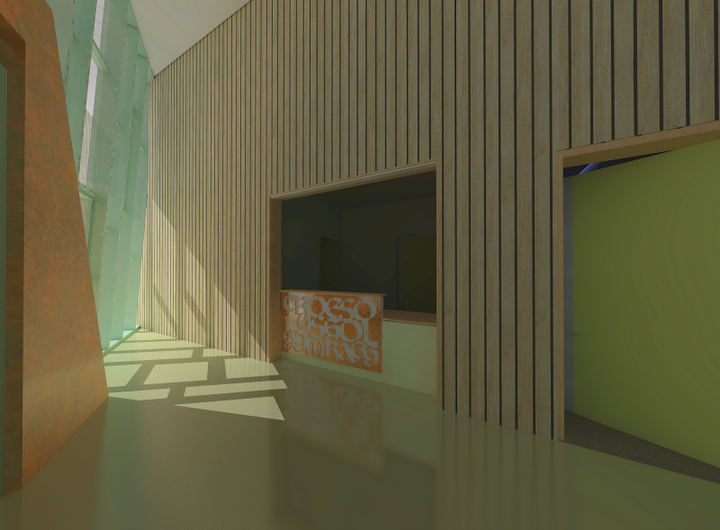John Bacus interview about Sketchup 7
-
@kwistenbiebel said:
Don't try to use it as a visualisation tool for architecture, as Sketchup will choke on anything more than a beautiful 3D tree you want to import.
And where would architects be without trees?
-
Quite interesting read. We all love SU and that is a reason why we are all so frustrated. I must say that SU (pro) still feels like inherited burden for Google.
Looking to improve existing SU without looking at the heart of problem will not bring solution. Reality is that core is very old and without complete rewrite things will not improve. Now question is does Google want to do that or not. My gutt feeling is that the answere is no simply because the current version serves perfectly the purpose for which Google bought it. I would love to be proven wrong though.
What we need is strong , stable and fast modeling core which can handle a lot of geometry and with import and export facility which works.
As it stand SU is slipping(big time)from ArchViz tool to PreViz tool. -
Wasnt it always meant to be a previz tool form the start?
-
No I do not think so Remus. It was originally made as ArchViz tool.
-
@kwistenbiebel said:
Correction, for modeling simple things only.
SU is probably suited for woodworkers, as the geometry will be simple enough.
For architects, SU is only suited for pre-designActually I disagree, and I'm sure this was really meant tongue-in-cheek.

I have attached some links to images of why I disagree. These are images of a model which is for design development.



We have all seen some of your fabulous work, you can't tell me that you don't use SU as a tool for evaluating design options. This is why I got involved with rendering
 For me it makes SU a proper design development (and communication) tool. These images are just based on showing the client design proposals, no creating great images. In fact I only really use rendering for this purpose. It is true that free-form organic modelling with any degree of precision is almost impossible, but my buildings don't have the budget for this degree of complexity anyway. I add door handles and even signs to my models, so I can get a more accurate idea of how things will look in real life. All architects must have experienced the awful reality that occurs when what you have designed in the office, just doesn't look right at all when finished. I try to use SU (and renderers) to avoid/minimise this.
For me it makes SU a proper design development (and communication) tool. These images are just based on showing the client design proposals, no creating great images. In fact I only really use rendering for this purpose. It is true that free-form organic modelling with any degree of precision is almost impossible, but my buildings don't have the budget for this degree of complexity anyway. I add door handles and even signs to my models, so I can get a more accurate idea of how things will look in real life. All architects must have experienced the awful reality that occurs when what you have designed in the office, just doesn't look right at all when finished. I try to use SU (and renderers) to avoid/minimise this. -
It was indeed a tongue in cheek remark I was making.
Off course Sketchup is a very good visualisation tool.
I am just experiencing the damn limits of the software concerning the polycount handicap, and especially when using render software.If you really want to take visualization (rendering) to the next level, Sketchup fails.
It will work for simple buildings , adding some props and 3D trees around it , but once you go for streetscapes or bigger projects part of a masterplan, Sketchup becomes a real pain. Modeling wise, no problem, but it will become too slow to handle, despite of the tricks we all know by now.It is a pitty, because Sketchup could have that potential.
If only Google saw this too.....(yawn)..... -
Actually I'm sure they do realise this now. They are always tight-lipped about forthcoming developments. CraigD hinted that something might be coming in relation to basic improvements to the core. Unfortunately I would put money on it not happening any time soon.
-
I am sure they know that for a long time.
The interview of John Bacus is off course a sales talk.
He would never admit that the polycount thing indeed is an issue.The thing is that it will probably take a lot of effort to fix it, and it would not be so visible to a lot of people.
But it is in their intrest to start working on it.
The people that use Sketchup on a daily basis in their jobs, like me, will feel a hugh difference.
Advertisement







